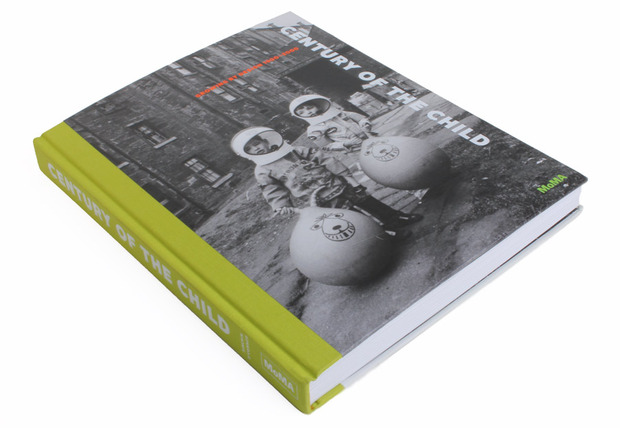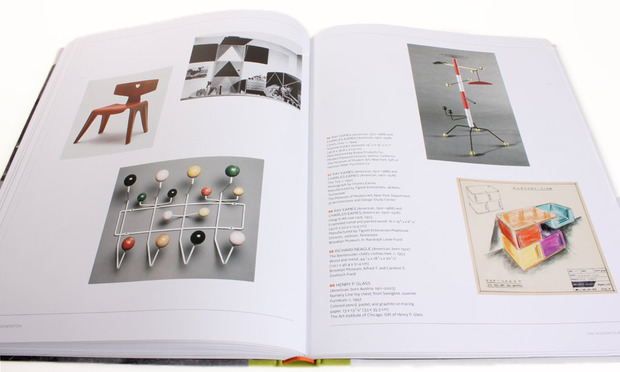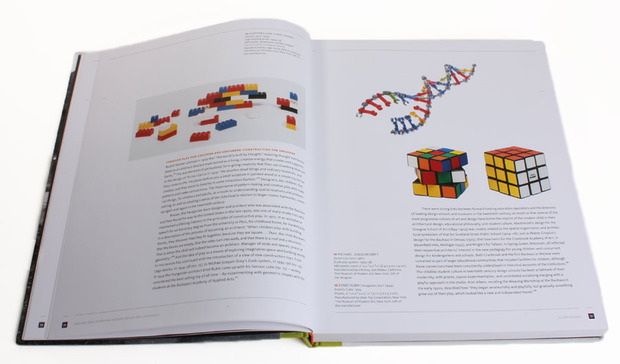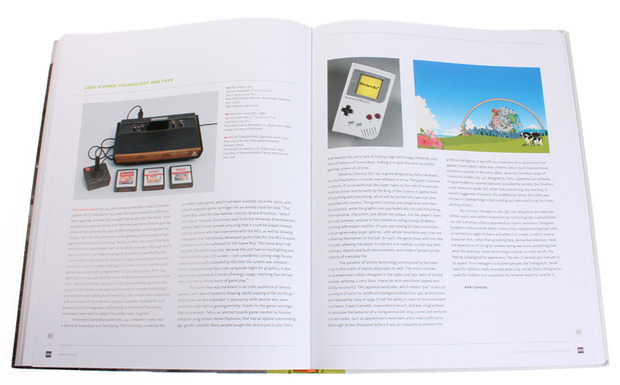Century of the Child
The influence of kids on 100 years of design


The historical ebbs and flows of an entire century can certainly encompass a significant amount of societal change, but did anyone bother to ask about the kids? The new book “Century of the Child: Growing by Design, 1900-2000” by MoMA’s architecture and design curator Juliet Kinchin and the department’s curatorial assistant Aidan O’Connor does just that, compiling an extensive history of objects and ideas linked to the population’s youngest members.
The illustrated book examines the historical context and beginnings of philosophical and influential movements such as Avant-Garde Playtime and the German Youth Movement, and their influence on modern design movements in their respective cultures. Released in conjunction with the MoMA exhibition of the same name, the survey examines the impact of design on children’s development and conversely, their role in shaping the direction of design through the years.

The book and exhibit stem from Swedish design reformer and social theorist Ellen Key’s 1900 book, “Century of the Child” that foresees the 20th century as a time for progression in regards to human rights, as well as an overwhelming societal importance of children.

The book begins at the start of the 20th century with The Kindergarten Movement and the emerging idea of childhood in Vienna with the art of Gustav Klimt, paralleling Sigmund Freud’s influential theories of child development. The authors envision the concept of childhood as a symbol of the inevitable constant change of what is modern. “By its own definition what is up-to-the-minute and aesthetically or conceptually innovative in a certain decade or in one particular context should not, indeed cannot remain so, any more than a child can remain a child,” they write.

Children may shape culture, but they are also products of their own creation, as seen through their role in The German Youth Movement. World War II and its traumatic aftermath was universal for humanity, even the children who assisted in its evolution. The book explores the changing use of toys and books to enable the processing of trauma and therapy from what was then described as “Effect of War upon the Minds of Children”.

Laden with essays, artwork, objects and images from school architecture, clothing, toys, children’s hospitals, nurseries, furniture, posters, animations and books, the book and exhibit offer the audience an endless supply of examples of the theories and ideas explored. Through this exemplification, the book harps on the fact that our world revolves around a universal desire to build a better tomorrow for children, and thus the modernization of cultures progresses.
The book is available online and at the MoMA Store. Keep an eye out for the museum’s upcoming exhibition, which will run from 29 July through 5 November 2012.












